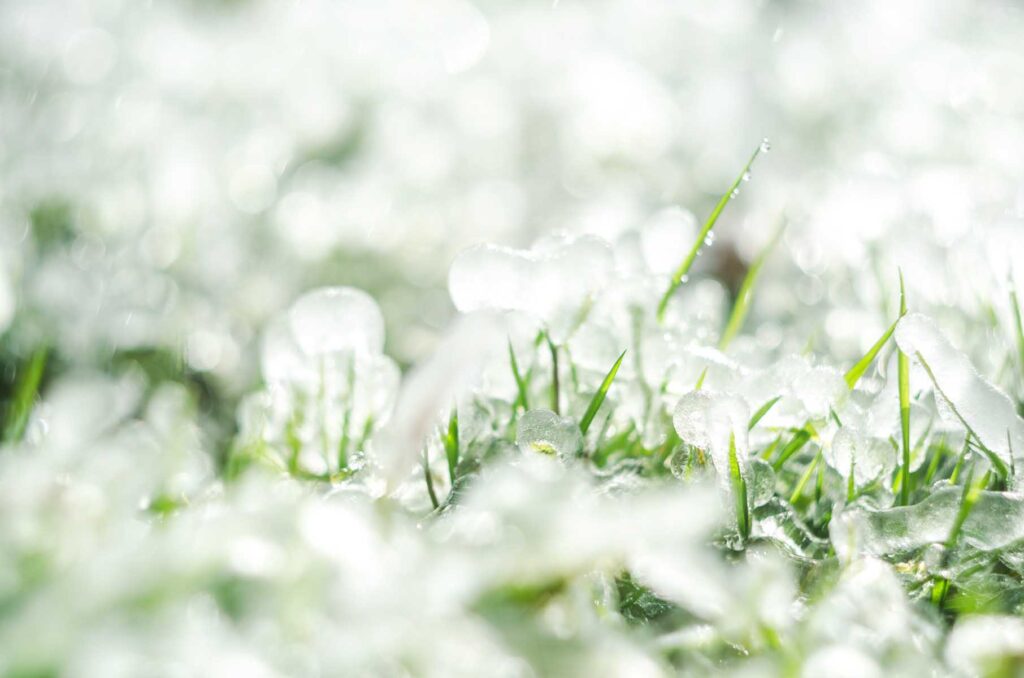Hail season in the Front Range begins in April and extends through September. This year has been a particularly pounding season; gardeners are mourning multiple losses of tender annuals and nursing devastating injuries, especially to big-leaved perennials. Established perennials and woodies usually bounce back from early-season hail without too much intervention, but storm damage caused in July, August and September can compromise a plant’s ability to create enough stores to endure the winter.
What’s the path forward when a July or August hailstorm wreaks havoc on unsuspecting ornamental garden plants?
After the hail has ceased, sprint like you’re Usain Bolt to your favorite annuals and clear off those ice balls as quickly as you can to save them from freezing. Others might advocate letting the tender plants perish, but I always make my best effort to save them all. Perennials will most likely be OK if they’ve managed to hold onto at least 50 percent of their foliage.
Next, take a deep breath and clean up the debris and water. Within the next few days apply a water-soluble N-P-K balanced fertilizer. You will want to leave the damaged leaves on for a week or so, but cut off any broken parts immediately. Also, remove any flowers so the plant can direct energy into repair instead of reproduction. Give everything about two weeks and then prune out damaged foliage, taking care not to go below 50 percent. It’s okay to leave some battered foliage. Annuals will resume flowering faster if you follow up with a water-soluble fertilizer high in phosphorus.
Trees and woody shrubs may have broken branches and shredded leaves. Here too, first, just clean up the debris and prune out partially severed limbs and water. Then wait to see what the woody is telling you. Some plants like Annabelle hydrangeas will start to sprout new leaves to replace shredded ones over the coming weeks. Other woodies like oaks might not sprout new leaves, so you need to let the damaged foliage persist to maintain photosynthesis. Resist the urge to prune away defoliated stems as they also contribute to photosynthesis and will most likely leaf out next season. You might be stuck with an ugly duckling for the remainder of the season. Sometimes that’s just the way it goes. Your woodies are going to need supplemental water and a bit of balanced NPK fertilizer for the rest of the growing season. After a week, I provide a water-soluble treatment along with slow-release pellets.
If hail storms damage plants after mid-September, follow the guidelines but omit the fertilizer. Next year make sure you have your hail blankets ready to deploy.
Andie Murtha is an ISA Certified Arborist, TRAQ, and Westminster Parks and Open Space Planner.






